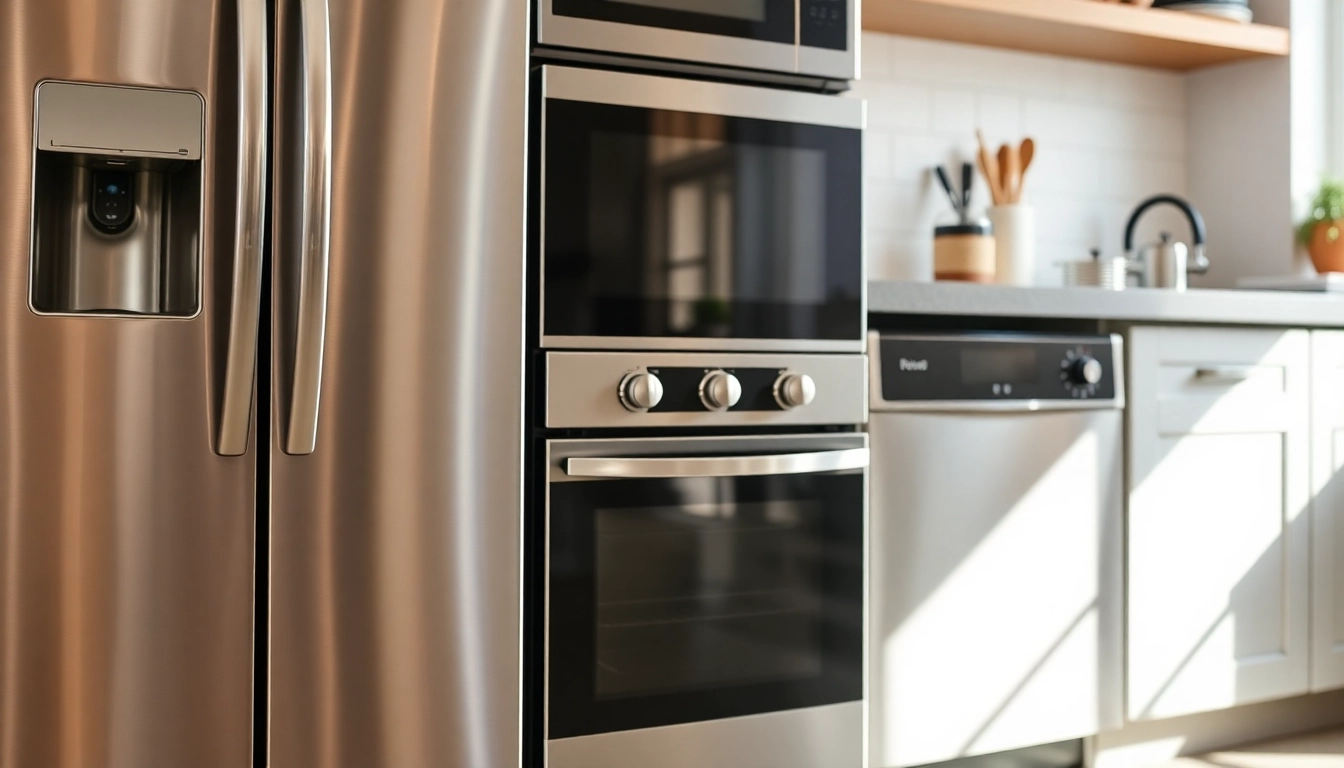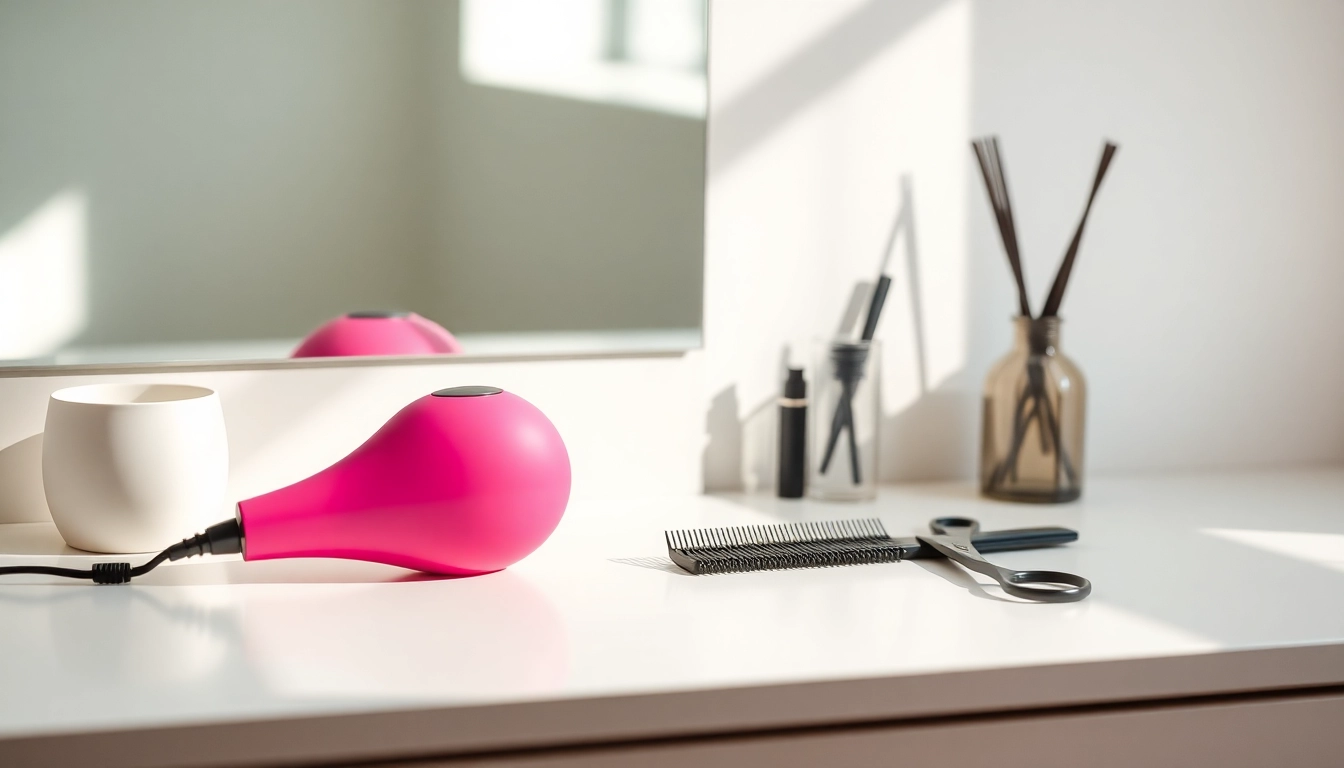Understanding Modern Wood Paneling
What is Modern Wood Paneling?
Modern wood paneling has transcended its traditional roots to become a versatile and stylish design choice for homes and commercial spaces alike. At its core, modern wood paneling involves the use of wood panels that not only serve a purely functional purpose—such as insulation, soundproofing, and structural integrity—but also enhance the aesthetic appeal of a space. Constructed from a variety of hardwoods and softwoods, these panels can be used in myriad styles, finishes, and arrangements to create a warm, inviting environment.
Whether used for accent walls, full room coverings, or creative architectural features, modern wood paneling can suit any decorating scheme from rustic to ultramodern. This blend of functionality and style makes modern wood paneling a sought-after choice for interior designers and homeowners alike.
Benefits of Using Modern Wood Paneling
Choosing modern wood paneling comes with a plethora of benefits that contribute not only to the beauty of a home but also to its efficiency and comfort:
- Aesthetic Enhancement: Wood paneling automatically adds warmth and texture to a space, contributing to a cozy and welcoming atmosphere.
- Insulation Properties: Wood layering provides natural insulation, helping to regulate indoor temperatures and reduce energy costs.
- Sound Absorption: The density of wood helps absorb sound, making it a great choice for spaces where acoustics matter, such as music studios and home theaters.
- Durability: Properly treated and maintained wood paneling can last for decades, resisting warping over time.
- Versatility: Wood paneling can fit various design aesthetics, whether you’re aiming for Scandinavian minimalism or a more rustic farmhouse feel.
Popular Styles of Modern Wood Paneling
The style of wood paneling you choose can significantly impact the overall feel of your space. Here are some popular modern wood paneling styles:
- Slat Paneling: Thin strips of wood arranged vertically or horizontally; this minimalist style is ideal for contemporary designs.
- Reclaimed Wood: Utilizing recycled wood adds character and history to a space and is perfect for those prioritizing sustainability.
- Wide Plank Paneling: Heftier boards give a rustic feel, bridging the gap between modern elegance and traditional warmth.
- 3D Textured Panels: These panels create dynamic visuals with depth and shadows on your walls, offering a unique focal point in any room.
- Shiplap: Often painted white or in softer shades, this classic style has made a strong comeback, particularly in farmhouse-style homes.
Choosing the Right Wood for Your Paneling
Types of Wood Suitable for Modern Wood Paneling
When selecting wood for paneling, consider the following popular options:
- Oak: Known for its durability and classic look, oak can be finished in various ways, making it adaptable to any design.
- Maple: With its subtle grain pattern, maple is perfect for a sleek and modern aesthetic.
- Pine: A more affordable option, pine offers a light, airy feel and takes paint well.
- Walnut: Its rich color and fine grain make walnut a luxurious choice for those looking to make a statement.
- Birch: As a sturdy hardwood, birch provides a smooth surface suitable for staining or painting.
Factors to Consider When Selecting Wood
When deciding on the wood type for your modern wood paneling, keep these factors in mind:
- Environmental Conditions: Consider the climate where you live; certain woods may warp or crack in fluctuating temperatures.
- Maintenance Needs: Different woods have different maintenance requirements. Hardwood options generally require less upkeep.
- Wood Grain and Appearance: Choose a wood with a grain pattern that complements your overall interior design.
- Cost: Budget is always a consideration; explore various options that fit within your financial parameters while reflecting quality.
Environmentally Friendly Options for Wood Paneling
Incorporating eco-friendly materials into your design is beneficial not only for the environment but can also reflect your values. Here are some sustainable choices:
- Reclaimed Wood: Sourced from old structures, reclaimed wood reduces waste and gives a unique history to your space.
- Bamboo: A rapidly renewable resource, bamboo is a fantastic alternative to traditional hardwoods.
- Forest Stewardship Council (FSC) Certified Woods: Opt for wood products that bear the FSC label, ensuring responsible forest management.
Installation Techniques for Modern Wood Paneling
Preparation Steps for Installation
Preparation is crucial for a successful wood paneling installation. Follow these steps:
- Measure the Area: Accurately measure the dimensions of the wall where paneling will be installed.
- Select Your Panels: Choose the style and type of wood panels that best fit your design.
- Prepare the Wall: Ensure that the wall is clean, dry, and free from any obstructions.
- Gather Tools: Assemble all necessary tools such as a miter saw, level, and adhesive or nails.
DIY Installation vs. Hiring Professionals
One major decision you’ll face is whether to tackle the installation yourself or hire professionals. Here are some pros and cons of both:
DIY Installation
- Pros: Cost savings, full control over design and execution, a sense of accomplishment.
- Cons: Requires time and skills; mistakes can lead to costly fixes.
Hiring Professionals
- Pros: Expertise and experience in installation; potential access to better materials and tools.
- Cons: Higher costs and less personal control over the project.
Common Mistakes to Avoid During Installation
To ensure a smooth installation process, steer clear of these common pitfalls:
- Not Acclimating the Wood: Failing to let your wood panels acclimate can lead to warping after installation.
- Improper Adhesive Use: Using the wrong adhesive can compromise the durability of your installation.
- Ignoring Wall Imperfections: A well-prepared wall is critical; otherwise panels may not adhere or lay down flat correctly.
- Inaccurate Cuts: Ensuring accurate measurements and straight cuts is essential for a professional-look finish.
Enhancing Your Space with Modern Wood Paneling
Complementary Decor and Furniture Choices
Once your modern wood paneling is installed, it’s crucial to complement it with the right decor and furniture to create a cohesive look. Consider these suggestions:
- Natural Textiles: Fabrics like linen or cotton in neutral colors balance the warmth of wood.
- Metal Accents: Incorporate metal light fixtures and accessories to contrast with the softness of wood.
- Earthy Color Palettes: Colors inspired by nature, like greens and browns, harmonize beautifully with wood paneling.
- Minimalist Furniture: Sleek, modern pieces will allow the wood paneling to remain the focal point of the room.
Using Color Schemes with Modern Wood Paneling
Modern wood paneling can serve as a stunning backdrop for various color schemes:
- Monochromatic Schemes: Stick to different shades of one color for a sophisticated look that is easy to implement.
- Contrasting Colors: Pair your wood panels with bold, contrasting colors to create a dynamic visual effect.
- Neutral Tones: Utilizing neutral colors will highlight the natural beauty of the wood while providing a calming environment.
Lighting Ideas for Highlighting Wood Paneling
Proper lighting can enhance the beauty of modern wood paneling:
- Task Lighting: Use spotlights or undercabinet lights to highlight specific areas or features of your wood paneling.
- Indirect Lighting: Soft, indirect lighting creates an inviting ambiance that complements the warmth of the wood.
- Wall Sconces: Placing sconces on walls with wood paneling adds depth and interest to the decor.
Maintenance and Care for Modern Wood Paneling
Cleaning Techniques for Long-Lasting Beauty
Keeping your modern wood paneling clean is essential to maintaining its beauty and longevity:
- Regular Dusting: Use a soft cloth or a microfiber duster to remove dust and debris regularly.
- Mild Cleaning Solutions: For stains, use a gentle solution of soap and water on a damp cloth and dry immediately.
- Avoid Harsh Cleaners: Avoid bleach or ammonia-based cleaning products as they can damage the wood finish.
Protective Treatments for Wood Paneling
To ensure the durability of modern wood paneling, consider these protective treatments:
- Sealants: Applying a water or oil-based sealant can provide an additional layer of protection against moisture and wear.
- Stains and Finishes: Using the right stains can not only enhance the wood’s appearance but also protect it from UV damage.
- Regular Inspections: Perform periodic checks for damage or wear, addressing concerns promptly to prevent further deterioration.
Repairing Damages on Modern Wood Paneling
Even with the best care, wood paneling may incur damage over time. Here’s how to address common issues:
- Scratches: For minor scratches, a touch-up marker or wood filler can often do the trick. For deeper scratches, consider sanding down the area and refinishing it.
- Water Damage: Dry the area completely and use wood oil or a specialized wood cleaner to restore finish.
- Loose Panels: If your paneling begins to come loose, reapplying adhesive or reinstalling clips can be effective.



